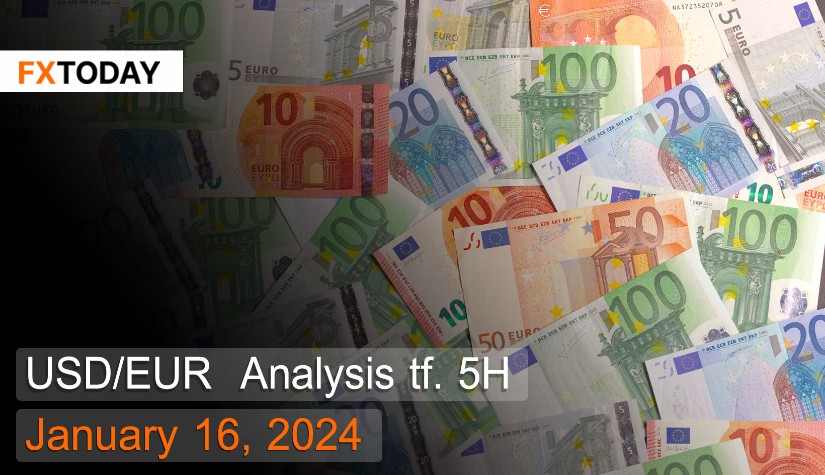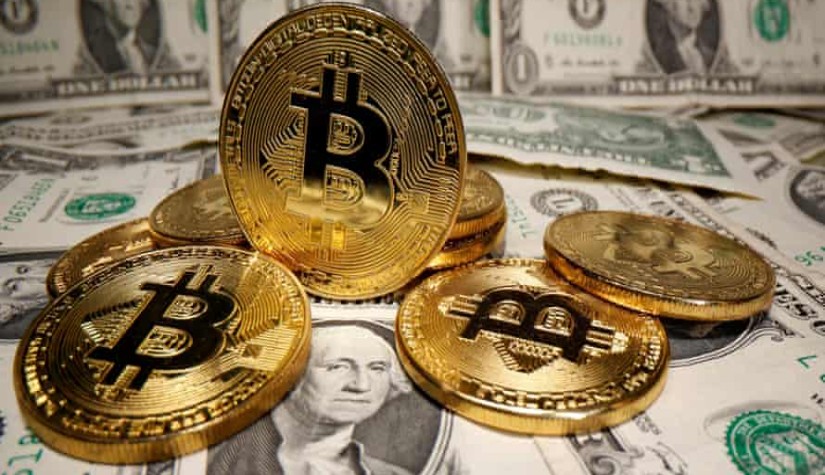The Central Bank of Europe has decided to maintain the interest rate at 4.5%.
The Euro has slightly depreciated to 0.915 Euros per US Dollar. Investors are awaiting comments from Christine Lagarde, the President of the European Central Bank (ECB), to gain further insights into the future monetary policy trends of the ECB. On Monday, Germany's economy contracted by 0.3% year-on-year due to prolonged inflation rates, increased borrowing costs, and weakened industrial activities, reflecting the sustained contraction of the overall Eurozone economy.
The ECB kept the interest rate at its multi-year high of 4.5%, with the deposit interest rate remaining at 4%. The ECB continues to prioritize combating high inflation rates. Policymakers have pledged to maintain interest rates at sufficiently high levels to curb inflation rates and allow the economy to grow in the long term. The ECB forecasts an average inflation rate of 5.4% in 2023, 2.7% in 2024, 2.1% in 2025, and 1.9% in 2026.
Investors anticipate that the first interest rate cut by the ECB may occur in April, though Philip Lane, the Chief Economist, suggests June is more likely. Joachim Nagel, a policy-maker at the ECB, cautions that it is too early for the ECB to consider reducing interest rates due to persistently high inflation rates. Robert Holzmann, a colleague, believes there is very little chance of an interest rate cut in 2024.
The Eurozone experienced a trade surplus of 20.3 billion Euros in November, up from 13.8 billion Euros the previous year, primarily driven by a rapid decrease in imports. Examining trade balances from January to November, a surplus of 49.7 billion Euros is observed compared to a deficit of 323.7 billion Euros in the previous year. The trade deficit with Russia reduced to 11.3 billion Euros, and the deficit with China decreased to 273.1 billion Euros.
Imports into the Eurozone decreased by 16.7%, totaling 232.2 billion Euros, mainly due to significant reductions in energy product imports by 33.6%. Imports of machinery and vehicles also continued to decline by 1.3%. Exports decreased by 4.7% to 252.5 billion Euros, with increased exports of machinery and vehicles by 9.1%, offset by a 3.8% decrease in other export goods.
Techical analysis data (5H)
Resistance: 0.9166, 0.9174, 0.9181
Source: Investing.com
Buy/Long 1: If the price touches support in the price range of 0.9144 - 0.9152 but cannot break the support at 0.9152, you may set a TP at approximately 0.9174 and SL at around 0.9137 or according to your acceptable risk.
Buy/Long 2: If the price breaks the resistance in the price range of 0.9166 - 0.9174, you may set a TP at approximately 0.9181 and SL at around 0.9144 or according to your acceptable risk.
Sell/Short 1: If the price touches resistance in the price range of 0.9166 - 0.9174 but cannot break the resistance at 0.9166, you may set a TP at approximately 0.9144 and SL at around 0.9181 or according to your acceptable risk.
Sell/Short 2: If the price breaks the support in the price range of 0.9144 - 0.9152, you may set a TP at approximately 0.9137 and SL at around 0.9174 or according to your acceptable risk.
Pivot point January 16, 2024 03:30 PM. GMT+7
| Name | S3 | S2 | S1 | Pivot Points | R1 | R2 | R3 |
| Classic | 0.9137 | 0.9144 | 0.9152 | 0.9159 | 0.9166 | 0.9174 | 0.9181 |
| Fibonacci | 0.9144 | 0.9150 | 0.9153 | 0.9159 | 0.9165 | 0.9168 | 0.9174 |
| Camarilla | 0.9155 | 0.9156 | 0.9158 | 0.9159 | 0.9160 | 0.9162 | 0.9163 |
| Woodie's | 0.9137 | 0.9144 | 0.9152 | 0.9159 | 0.9166 | 0.9174 | 0.9181 |
| DeMark's | - | - | 0.9156 | 0.9161 | 0.9170 | - | - |
















